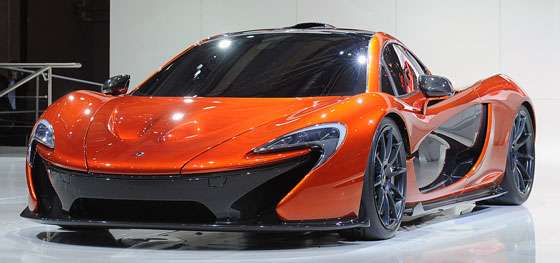
Depois de uma olhadela minuciosa no P1, pode-se constatar que o carro possui a menor área frontal no segmento dos supercarros, enquanto a carroceria produz 589 kg de downforce a 201 km/h. Além disso, o modelo traz tecnologia produzida nas corridas de Fórmula 1, como monocoque e partes da carroceria em fibra de carbono e célula de segurança no teto, que possui uma abertura de ar para o motor, disposto na parte central do veículo.
A previsão de lançamento da versão final do P1 para o público é para o final de 2013.
McLaren P1 Supercar Makes Global Debut in Paris
* McLaren P1 aims to be the best driver's car on both road and track
* The large adjustable 'active' rear wing adjusts automatically to boost downforce and optimize aerodynamics
* Mid-engine design that uses a carbon fibre monocoque and roof structure safety cage called MonoCage, and lightweight carbon 'multi-purpose' body panels
McLaren Automotive will use its first ever international motor show appearance to preview its next generation ultimate supercar – the McLaren P1 – which takes much of its technological and spiritual inspiration from the company's Racing division. The McLaren P1 has one simple goal: to be the best driver's car in the world on road and track.
At the Paris Motor Show, Mondial de l'Automobile 2012, the McLaren P1 is previewed as a design study. Next year a production version, which the company aims to put on sale within 12 months, will be revealed.
'The McLaren P1 will be the result of 50 years of racing and road car heritage,' says McLaren Automotive Executive Chairman Ron Dennis. 'Twenty years ago we raised the supercar performance bar with the McLaren F1 and our goal with the McLaren P1 is to redefine it once again.'
The McLaren P1 leverages five decades of McLaren's motorsport skills. It was designed from the outset to prioritize aerodynamic performance and spent many hours in a wind tunnel and using CFD (computational fluid dynamics) aerodynamic modelling – just like a Formula One car.
The new McLaren P1 has much higher levels of downforce than any current road car – 600kg is achieved well below maximum speed. That is approximately five times as much downforce as a McLaren 12C. Its margin over most other high performance supercars is even greater. The McLaren P1's downforce is similar to current sports racing cars, including the 12C GT3 racer.
The McLaren P1 showcases McLaren Automotive's advanced motorsport-based engineering, prioritizing high performance through state-of-the-art technology. It will feature notable advances in weight reduction, packaging, high-speed performance, materials (especially carbon fibre), powertrain and in aerodynamics.
As with the legendary McLaren F1 road car of 1992, the McLaren P1 is a mid-engine design that uses a carbon fibre monocoque and roof structure safety cage concept called MonoCage which is a development of the MonoCell used in the current 12C and 12C Spider. The structure of the MonoCage, unlike the 12C's MonoCell, also serves to guide air into the engine through an integral roof snorkel and air intake ducts, saving further weight. All the body panels are carbon fibre to reduce weight. This carries on a McLaren innovation: it was the first company to offer a full carbon body Grand Prix car (in 1981) and the first to offer a full carbon body road car (the F1).
Design Director Frank Stephenson developed the surfaces, making everything as small, light and dynamic as possible. This helped give the car a natural, almost organic, quality. The design intent was to expose the carbon structure beneath, not only showing exactly where the air was going – through the door ducts into the main radiators – but also to break up the visual mass of the body side and accentuate the cab-forward stance, giving the car a real look of lightness and agility. All the ducts were developed with the aero team, giving a direct link to McLaren's motorsport heritage.
The glasshouse was inspired by the canopies of fighter jets, giving the occupants similar sensations to a pilot. The windscreen is deeper than it is wide, creating a feeling of lightness and airiness inside. Good visibility has always been a McLaren mantra.
The McLaren P1 follows in the footsteps of the classic McLaren F1 as the 'ultimate car' offering. The name ties in with Grand Prix racing. P1 means first place – and McLaren has 180 GP victories in its 46 year Formula One history – or position one on the grid (McLaren has scored 153 pole positions). There is also heritage in that name: the McLaren F1 was initially known as Project 1, or P1
The McLaren F1 was lauded as the greatest supercar of its era when it was first shown 20 years ago. At the time, it was the world's most technologically advanced and fastest supercar.
The McLaren P1 makes its debut at the Paris Motor Show on the first press day, September 27. Further details – including its powertrain and other technical information – will be announced early in 2013, shortly before sales begin. Deliveries are expected to commence in late 2013, the year of McLaren's 50th anniversary.

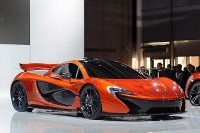
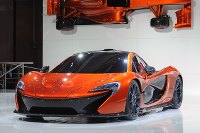
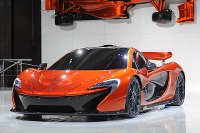
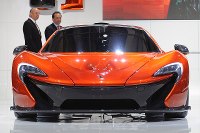
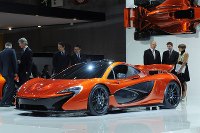
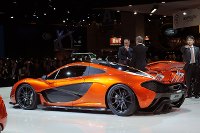
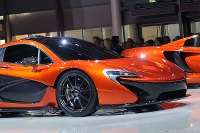
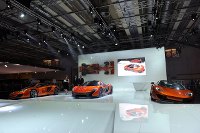
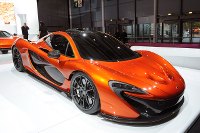
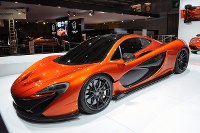
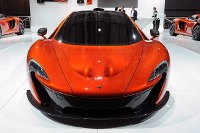
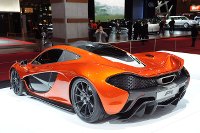
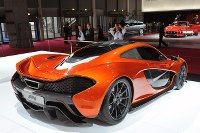
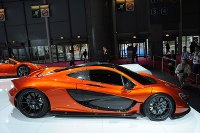
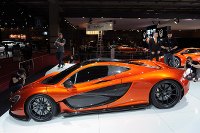
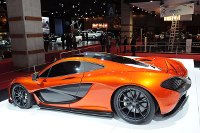
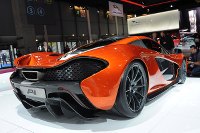
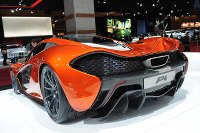
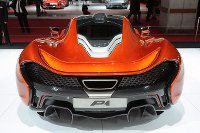
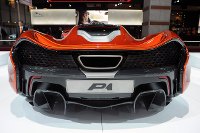
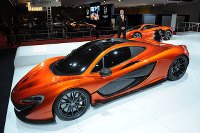
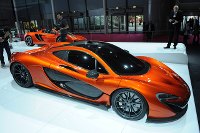
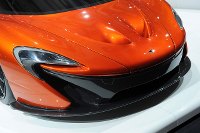
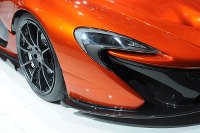
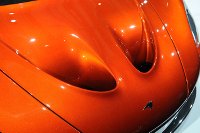
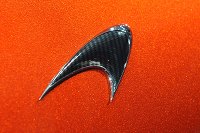
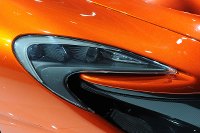
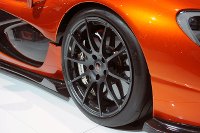
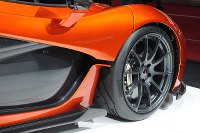
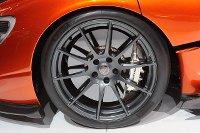
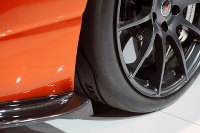

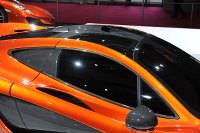
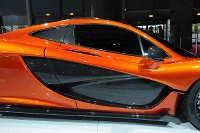
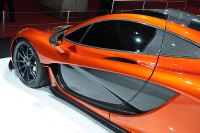
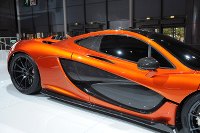

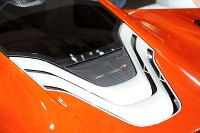
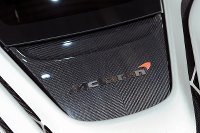
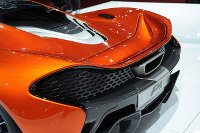
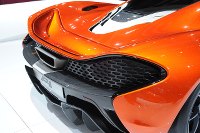

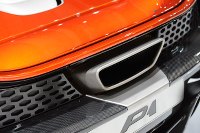
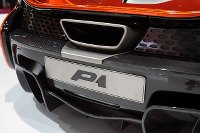
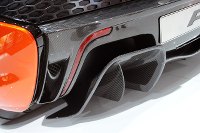
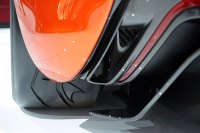
Postar um comentário